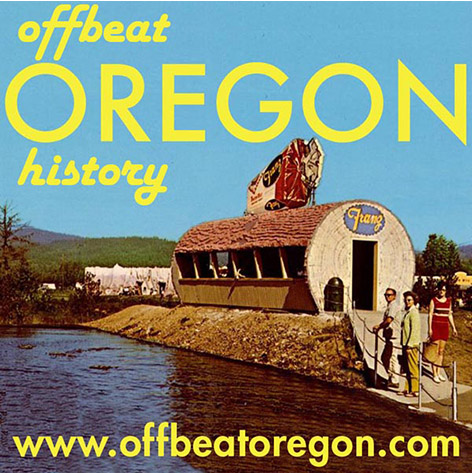CONTINUED FROM THE PRINT EDITION:
Conde McCullough
battled the patent trolls
So Luten lawyered up and started shaking governments down. His typical “royalty fee” demand was 10 percent of the construction budget, so you can see how this could add up to a pretty nice income for him. Everyone knew what he was doing. The problem was, it would cost a ton of money to fight him, because the burden of proof was not on him. He had a patent. Anyone who wanted to argue with him could go ahead and spend huge amounts of money fighting him in court, or settle the matter for a lot less money by just paying his ransom. And that was how it went, at first. If you were a Dubuque County Commissioner, you didn’t have the resources or the expertise to do the research and pay the lawyers to fight a claim for a few tens of thousands of dollars for your three or four “infringing” bridges. That changed, though, when states like Iowa got involved ... and hired competent bridge engineers like Conde McCullough. Knowing their potential exposure to Luten’s shakedowns ran far into the future and involved millions of dollars, the Iowa highway department pulled McCullough off his other duties and tasked him with taking Luten down. Three years later, in 1918, a judge was looking over the 600-page report McCullough and his staff had produced, along with 15 bridge models and hundreds of other exhibits. They laid the case out very clearly and in ways a layman could clearly grasp: Luten’s patents had been issued for concepts that were already well known, published, and in the public domain. The judge banged his gavel and invalidated most of Luten’s patents.
McCULLOUGH’S HANDLING OF the patent troll had brought him nationwide fame in highway-engineer circles. He now had some opportunities for advancement that he probably hadn’t had before. If he’d wanted to, he probably could have landed a job anywhere in the country; or, of course, stayed in Iowa. He chose to move to Oregon. In 1916, he packed up his family — he and his wife Marie Roddan McCullough and their infant son John, the first of their five children — and settled in Corvallis, taking a professorship at Oregon State University, then known as Oregon Agricultural College.
|

Why Oregon? It cannot possibly be a coincidence that Samuel Lancaster’s famous and legendary Columbia River Highway No. 100 was nearing completion at that time. The highway was all over the national media, in postcards and magazine spreads. It seems highly likely that McCullough, looking around for places where he could put his skills and aesthetic sensibilities to best use, settled on the state that had just demonstrated it shared his design values. Conde McCullough spent the next three years teaching at OAC. Meanwhile, he wasn’t the only one drawing inspiration from Lancaster’s masterpiece, the Columbia River Highway. It was a popular destination for excursions, so thousands of people came to see and drive (or ride) on it, then returned home to wherever they lived and compared local efforts unfavorably with it. The same bridge-company hucksters who McCullough had helped run out of Iowa were still closing sales and building rickety garbage spans over Oregon rivers and creeks. Public pressure started to build for the state of Oregon to get involved, like the state of Iowa had. In 1917, they did — creating a powerful Highway Commission and starting it off with a $6 million endowment. The following year, state representatives Loyal Graham and W.B. Dennis created the nation’s first gasoline tax to provide continuing funding. And the year after that, they took the very obvious step of reaching out to OAC’s rising-star bridge architect and offering him the job of handling its bridges for it. McCullough doesn’t seem to have hesitated. He promptly “deputized” his entire senior class of OAC engineering students and moved to Salem to start the most productive phase of his career — the phase that would end with his name associated with five spectacular bridges on the Oregon Coast Highway along with dozens of smaller spans, all sharing a distinctive design architecture that screams “Oregon bridge” at a glance as well as an engineering excellence that’s kept almost all of them in continuing service to this day, nearly a century later. We’ll talk about Conde McCullough’s work as Oregon’s bridge-architecture czar, throughout the 1920s and 1930s, in next week’s column.
|


